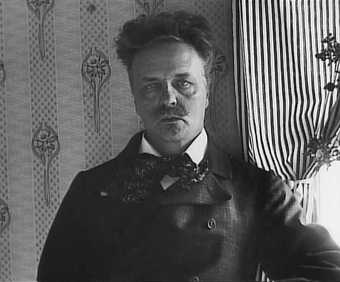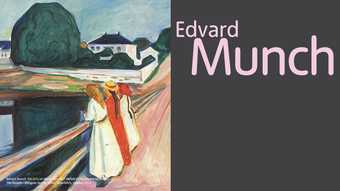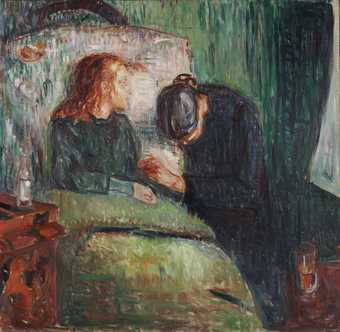A companion-piece to Edvard Munch, The Freethinker was originally conceived under the title August Strindberg and examines the life and work of the Swedish dramaturg and polymath and the often turbulent relationship he shared with his first wife, Siri von Essen. The film results from a two-year collaborative process with students at the Nordens Folkhögskola Biskops-Arnö, who worked as both cast and crew. Like Edvard Munch and several other films by Watkins, The Freethinker offers reconsiders cinema’s potential for reconsidering major historical figures and events.
The Freethinker is also working with the psychology of Strindberg, and its various filmic devices and processes thus reflect the constant search for alternative forms which engaged the author most of his life. Many of the ideas in The Freethinker are analogous to concepts that Strindberg worked with in his dramas; although he moved in and out of several very reactionary periods (brought about in part by the depths of his own personal crisis) both in his early years and again shortly before his death in 1912, Strindberg struggled desperately to find a place for ordinary people within the power-hungry and hierarchical structures of his day.’
Peter Watkins



